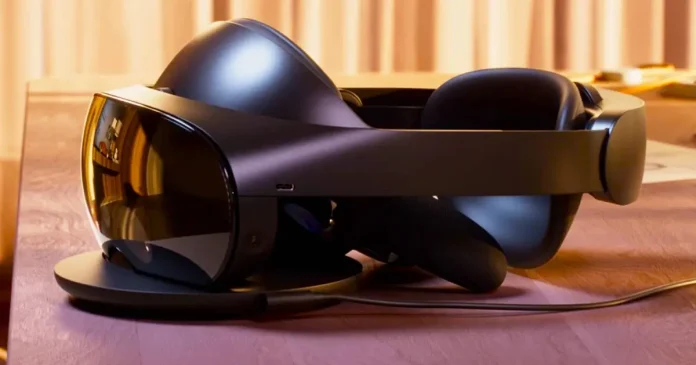Are you ready for the Meta Quest 4? Given how significant an advance the Quest 3 was when it debuted in 2023, Meta’s next release might have incredible new features that make it one of the finest VR headsets ever.
Meta is probably still a few years away from launching the successor to the Quest 3, but with all the new competitors, it’s worth thinking about what to expect. There haven’t been many rumors, but here’s what we want to see in Meta Quest 4.
Quest 4 launch date
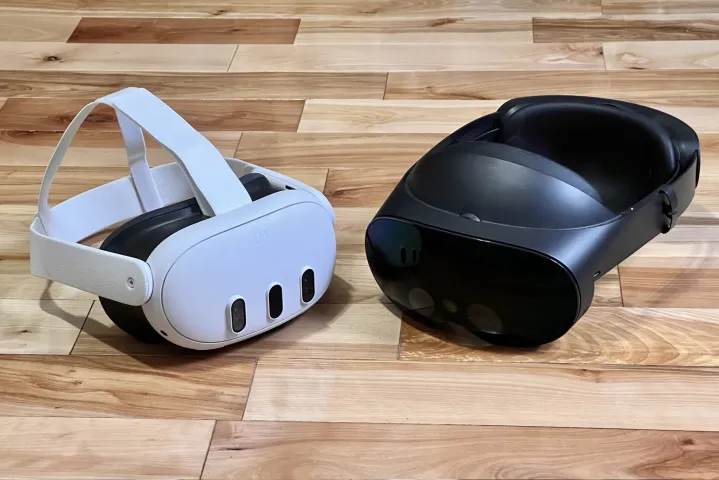
Meta introduced the first Quest in 2019 and swiftly followed up with the Quest 2 in 2020. While the Quest Pro debuted in 2022, the Quest 3 didn’t appear until last year.
If Meta releases another work-focused headset, such as the Quest Pro 2, before their next VR gaming headset, we anticipate the Quest 4 to debut at Meta Connect in October 2025 or 2026.
There have been reports that Meta may release a less costly Quest 3 Lite or Quest 3S to replace the Quest 2 shortly.
Better AI
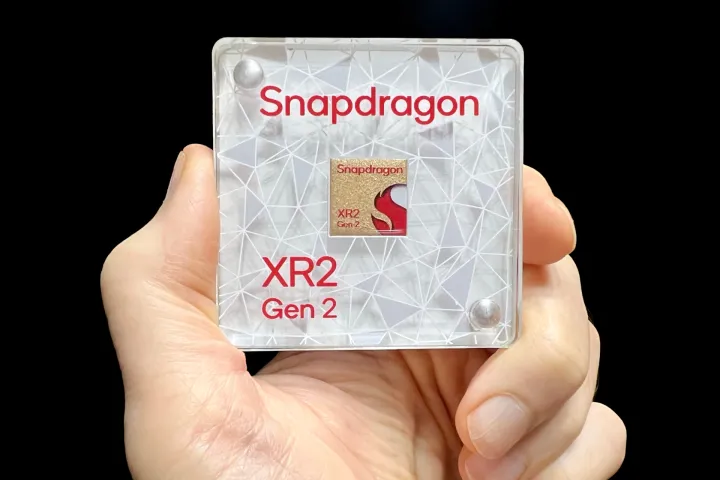
AI is conquering the globe by storm, and we anticipate that the future iteration of the Quest will fully integrate this emerging technology. To put things into perspective, the Meta Quest 3 now has a fast Snapdragon XR2 Gen 2 processor that has 2.5 times the GPU performance and eight times the AI throughput of the Quest 2’s XR2 Gen 1 chip.
Meta is now integrating artificial intelligence on the Quest 3 to improve the color passthrough camera for mixed reality experiences, hand-tracking speed and accuracy, voice command recognition, and other features.
If Qualcomm upgrades its extended reality processor in time, the Quest 4 may receive a next-generation Snapdragon XR2 CPU. In principle, this means that the Meta Quest 4 may have more amazing AI skills, allowing it to make virtual environments appear more realistic and improve interactions with non-player characters (NPCs) in virtual reality games.
According to a recent Meta blog article, AI discoveries will help generate lifelike avatars on the Quest platform. A Quest 4 with Meta Codec Avatars is plausible. Meta even uploaded a video on YouTube demonstrating what to expect in the future. Those are positive signals.
We’ve also seen how AI upscaling, such as Nvidia’s DLSS, may boost visual quality and frame rates in PC games. Meta’s Super Resolution function is similar, however it does not work in all cases. As the platform’s AI capabilities improve, upscaling will enable quicker, more detailed visuals in more Quest VR games.
There are currently various AI-based methods for creating 3D graphics, such neural radiance fields (NeRFs) and Gaussian splatting, which employ real-world photographs and movies to digitally capture depth and visuals. Here’s a sample published on X by Luma Labs, which introduced the Android version of its mobile software for creating shareable gaussian splats.
Android users, it’s time to join the party – Luma is now available on @GooglePlay. Capture stunning 3D & create Magic Reveals for FREE with just your phone
➡️ https://t.co/PHOGhGyY7E#LumaAI #Android #PlayStore #GaussianSplatting pic.twitter.com/rgrE6n9fPm— Luma AI (@LumaLabsAI) April 10, 2024
As seen in this X post from Moon VR Home, generative AI is also capable of creating stunning 360-degree panoramas.
🤩Mixed Reality Portal Now Available on Quest 3!#MixedReality #MetaQuest3 #VirtualReality #AI pic.twitter.com/qxhyPCsgJr
— Moon VR Home (@MoonVRHome) October 28, 2023
All of this leads us to believe that the Quest 4 will place a strong emphasis on AI in its future iteration, especially considering Meta’s recent investment.
Improved mixed reality
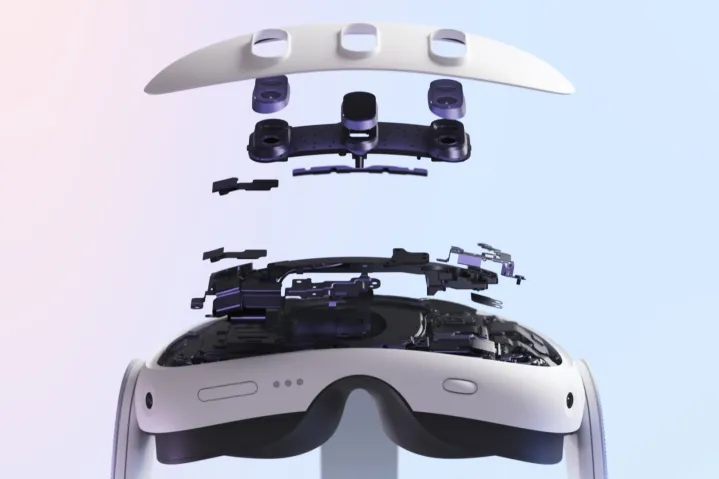
The Meta Quest 3 already boasts the greatest mixed reality games and excellent color passthrough quality, but it might be even better. Apple’s Vision Pro offers greater resolution, lower noise, and a broader dynamic range.
I expect the Quest 4 to increase the cameras, sensors, and performance required to generate a view that is more realistic of your actual surroundings. Realistic visuals are vital, but long-term comfort and breathability are essential for regular use, which are nearly totally lacking in VR.
Meta’s Quest Pro is the only mass-produced VR headset that comes with an open peripheral. That is, you can see your room and floor from the sides and bottom while wearing the gadget. Despite being heavier than the Apple Vision Pro, most users believe the Quest Pro is more comfortable and less isolating.
Another ingenious Meta choice was to shift the Quest Pro’s battery to the back of the head strap in order to more equally distribute the weight of the front visor. Comfort and excellent weight distribution are especially vital for active gaming and fitness applications, which Meta is very interested in because she owns the famous exercise program Supernatural.
It would be fantastic if Meta reused features of the Quest Pro’s distinct design for the Quest 4 and included mixed reality advancements to make its next wearable really wearable and pleasurable for hours of games, exploration, movies, or work.
Upgraded displays
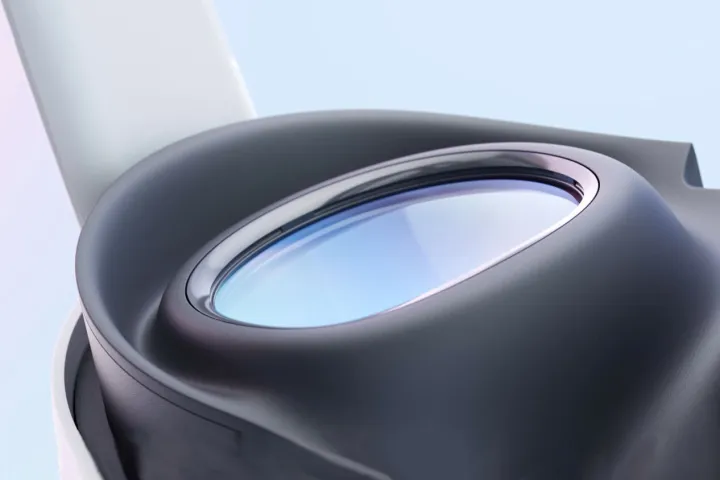
The Meta Quest 3 boasts 30% greater resolution than the Quest 2, thanks to its more powerful CPU. Its pancake lenses make concentrating easier on your eyes and deliver excellent clarity from edge to edge.
While these are notable improvements over the Quest 2, VR headsets must be as crisp and clear as possible. Display technology continues to improve, while VR headsets such as the Vision Pro accelerate progress. It’s expected that the Quest 4’s displays will be greater resolution than the Quest 3.
The Snapdragon XR2 Gen 2 can deliver 3K resolution per eye at 90Hz. Meta chose a 2K display at 120Hz for the Quest 3. With a faster CPU, the Quest 4 may boost display resolution without compromising frame rates, resulting in a sharp 3K per eye resolution at 120 Hz.


